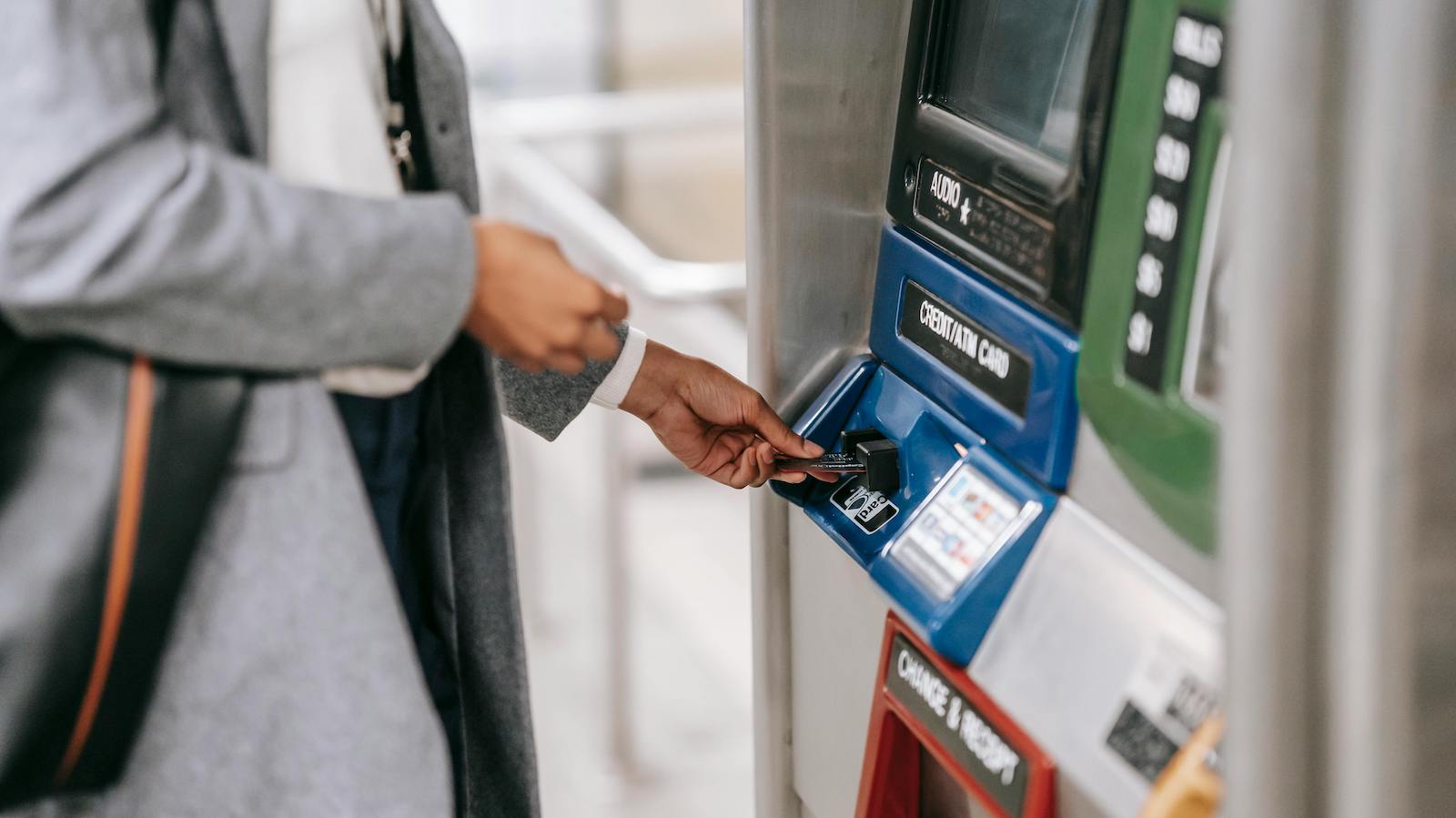KEY TAKEAWAYS:
--Premium payments are people's most common interaction with their insurance company, so great care should be paid to mobile design and communication.
--Adoption of digital payments should be encouraged, and QR codes can be a great, convenient tool.
--Digital wallets are spreading fast, and the industry should start preparing now.
----------
In my over 25 years of experience in the insurance payments space, I have rarely seen change occur so rapidly.
In a June 2020 McKinsey survey, 73% of finance industry executives said they saw the pandemic as an opportunity for growth, but only 21% felt they had the means to pursue that opportunity. Three years later, pressure from the pandemic, coupled with customers McKinsey describes as “expect[ing] nothing less than…ease and convenience” due to digitalization in other industries, have pushed the insurance industry closer to an innovation breaking point. In their State of Digital Insurance, 2021 report, Forrester described the pandemic as having “turbocharged and changed the drivers of digital transformation in insurance.”
Driven by these industry trends, a valuable locus for this energy is continual innovation around customers’ mobile payments experience. According to a survey conducted in January 2021 by InvoiceCloud, 41% of millennials with insurance purchased their policy using their mobile device. Research from AARP, published this past January, demonstrates that 86% of seniors own smartphones, making them a potentially viable market for the ease and reliability of mobile payments, as well. And, as the oldest members of tech-native Gen Z begin driving, graduate from their parents’ life insurance policies and even purchase homes, the cohort looking for mobile insurance bill payment ease shows the potential to grow.
I expect streamlined mobile payments to be at the forefront of meeting those expectations. While it’s infrequent that an individual policyholder needs to call on their insurance company for a major payout, maintaining the policy itself is a monthly affair. This means that premium payments are many policyholders’ most common touchpoint with their insurance company. What’s more, InvoiceCloud’s October 2022 State of Online Payments Report indicated that mobile payment channels have overtaken online portals as the most used and preferred method of bill payments, with 67% of survey respondents reporting that they used a mobile device to pay a bill in the preceding 12-month period, as compared with only 63% of respondents reporting that they used an online portal to pay a bill during that same period.
Here are some steps that I encourage your organization to take to offer policyholders across all demographics a more effective mobile payment experience.
Mobile-Friendly Design and Communication
Despite the ubiquity of mobile devices and the rising popularity of mobile payments, in my view too many insurance organizations still fail to design their user interfaces and experiences with a mobile-first mindset. Keeping consumers satisfied requires catering to the payment methods that suit them best—and, for an increasing number of consumers, that means leveraging the digital innovation boom to streamline mobile payments. Whether consumers are managing payments in a dedicated app or via a mobile browser, creating an accessible experience is important.
Mobile bill payers can also benefit from design choices like larger text, more succinct language and other elements that make information easier to parse when presented on a smaller screen. Taking notes from a recent study conducted by the Journal of Medical Internet Research focused on design choices that facilitated better experiences for people accessing healthcare information via mobile device, the insurance industry could learn from the benefits of substituting graphics for words where possible, increasing download speeds and including a consistently accessible search function. Insurance organizations should also look to ensure that their mobile offerings fit the dimensions of a mobile screen. While computer monitors are wide, phone screens are tall, so interfaces that center important information in the middle of the screen can help reduce the amount of scrolling customers have to do to access options. While this may seem like a small consideration, it can help to reduce friction for those making mobile payments.
The high number of mobile device users also presents a valuable opportunity for insurance companies to streamline their payments experience as a whole. Organizations can send customer communications via text, optimized for the mobile platform. Alerting customers in advance of when their payments are due and including information about, and links to, payment options can help organizations reduce delinquencies, simply by making it easier to pay a bill right then and there. InvoiceCloud’s September 2020 State of Online Payments Report showed that of the 60% of respondents who said they’d missed a bill payment, half of those respondents believed a text message reminder would’ve helped them remember to pay on time.
Collecting customer responses about what they are looking for from their payments experience is critical when deciding how to direct innovation. Insurance organizations can survey users to determine which mobile features they feel would make bill payment easier. By following these trends and responding with continued innovation, an effective payments partner will be in a better position to give organizations tools that meet customers’ most current needs.
See also: The B2B Digital Payment Opportunity
Encouraging Digital Adoption and Augmenting the In-Person Experience with QR Codes
QR codes are a prime example of mobile-native technology and are continuing to grow in usage, according to McKinsey. As reported by eMarketer, a total of 75.8 million people scanned a QR code in the U.S. in 2021, and by 2025 they predict that 99.5 million people in the U.S. will use QR codes. This trend opens a valuable opportunity for the insurance industry. Insurance organizations that still have a high number of customers receiving paper bills should consider taking advantage of the direct route to the consumer by including a QR code on mailings. Upon scanning with a mobile device, consumers can then be prompted to follow instructions to enroll in paperless billing, meaning companies may be able to use this touchpoint to save funds by reducing paper bills. QR codes aside, encouraging paperless billing has the potential to bring an organization substantial savings—in one case, an InvoiceCloud customer saved tens of thousands of dollars on paper printing costs by driving paperless billing enrollment.
Encouraging automatic payment (AutoPay) is another important avenue for insurance organizations to explore. As automatic payments become increasingly popular for the convenience they offer customers (InvoiceCloud’s October 2022 State of Online Payments showed a 5% increase in respondents reporting that they were enrolled in AutoPay as compared with respondents surveyed in 2021), many customers will seek an expedited way to make the switch. Those customers looking for an insurance partner they can trust now and into the future may also be more attracted to an insurer that offers modern payment options like AutoPay and continually expands and improves those offerings.
While there will undoubtedly be some customers who will prefer to maintain in-person payments, particularly as pandemic-era restrictions and concerns continue to ease, there are still ways an insurance organization can incorporate mobile offerings to improve the overall customer experience. For example, insurance companies and agents could post QR codes throughout their brick-and-mortar offices to help customers more easily navigate the payment process—essentially putting instructions in the palm of their hand. Using such methods to help drive digital adoption can also help save time and resources for organizations’ employees, as the amount of time spent manually facilitating each payment can be reduced.
In balancing this innovative, tech-centric approach, insurance organizations can also benefit from implementing security measures such as hard-to-replicate design choices recommended by Forrester, while continuing to innovate with solutions that marry security and ease.
Streamlined Digital Wallets
JD Power’s Banking and Payments Intelligence Report found that more and more customers are using digital wallets facilitated by services such as Apple Pay, Google Pay and PayPal. McKinsey predicts that more than two-thirds of Americans will have a digital wallet within the next two years. As the country becomes more accustomed to this technology, people are likely to begin using their digital wallets for increasingly routine and important payments, such as insurance premiums.
Once customers connect their payment information via a mobile wallet, a reminder email or text can be immediately transformed into an on-time or early payment with minimal friction. Customers can also use digital wallets to load and toggle between multiple payment methods, which McKinsey found was a preferred method of 40% of digital wallet users. This helps lower the barrier to payment that customers may face when attempting to shift between accounts to access funds or use different payment types for different policies.
See also: The Evolution of Frictionless Payments
It Pays to Understand What Customers Want Out of Mobile Payments
As I see it, providing a positive payment experience via the most common channel, mobile, is more important than ever. In 2020, 41% of insurance policyholders surveyed by PwC said they were “likely or more likely” to switch carriers, owing specifically to their current carrier’s lacking digital capabilities. A 2022 PwC study found that one in three customers will walk away from a company after just one negative experience.
The rapid innovation of the market has made it easier for insurance customers to compare, shop for and switch carriers. At the same time, that innovation offers an opportunity: McKinsey found that insurance organizations leading the industry in digital innovation increased revenue at five times the rate of other companies.
Ultimately, insurance is a business of relationships, built on a foundation of trust and reliability. Creating ease for customers in every interaction, particularly at the most common touchpoint of payments, is an important method of building loyalty and driving business. Insurance organizations looking to retain their current customers and attract new ones should explore how improving their mobile payments experience can help them achieve both.








